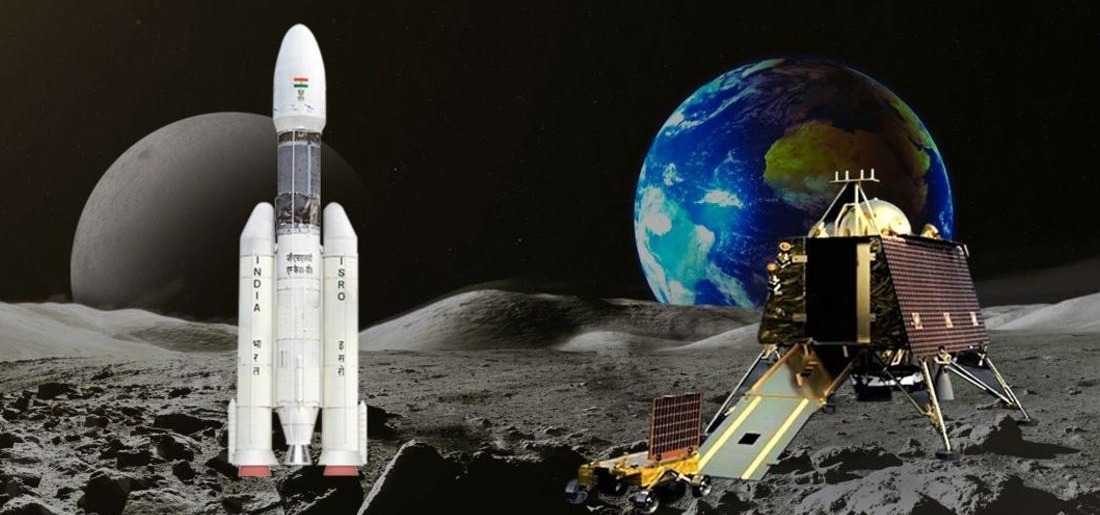![]()
Chandrayaan-3 update: ISRO to conduct trans lunar injection tonight, put spacecraft on road to moon
CUTTACK: After flying in the vacuum of space for nearly 15 days, the Chandrayaan-3 mission is ready to be put on the road to the moon. The spacecraft will go through the critical Trans Lunar Injection tonight.
The Indian Space Research Organization (ISRO) has scheduled this pivotal event between 12 am and 1 am on August 1. The move is expected to last between 28 to 31 minutes, during which the engines on the Propulsion Module of the spacecraft will roar to life to increase the velocity.
The TLI is a propulsive maneuver used to set a spacecraft on a trajectory that will set it on course to intercept the Moon. It involves a significant burn, usually performed by a chemical rocket engine, which increases the spacecraft’s velocity.
This increased velocity changes its orbit from a circular low Earth orbit to a highly eccentric one. The TLI burn is sized and timed to precisely target the Moon as it revolves around the Earth.
The burn is timed so that the spacecraft nears apogee (closest point) as the Moon approaches. Finally, the spacecraft enters the Moon’s sphere of influence, making a hyperbolic lunar swing-by.
Chandrayaan-3 was launched on July 14, 2023, from the Satish Dhawan Space Centre in Sriharikota. Since then, it has successfully executed five orbit-raising maneuvers, bringing it closer to its ultimate destination. The upcoming TLI is a critical step in this journey.
Upon successful completion of the TLI, Chandrayaan-3 will embark on its lunar transfer arc, approximating an elliptical orbit about the Earth with an apogee near the radius of the Moon’s orbit.
The spacecraft is expected to reach lunar orbit after a series of complex maneuvers. Once in lunar orbit, the mission will enter its moon-centric phase, with several critical events lined up, including the separation of the lander, a set of de boost maneuvers, and finally the descent phase for a soft landing on the lunar surface.
Chandrayaan-3 carries scientific instruments designed to study various aspects of the lunar surface, including the thermos physical properties of the lunar regolith, lunar seismicity, the lunar surface plasma environment, and the elemental composition in the vicinity of the landing site on the Moon.
The total cost of the Chandrayaan-3 mission is Rs 615 crores, significantly lower than its predecessor, Chandrayaan-2.
Upon landing, it will operate for one lunar day, approximately 14 Earth days. This mission marks a significant milestone in India’s space exploration journey, deepening our understanding of the Moon and paving the way for future lunar missions.






